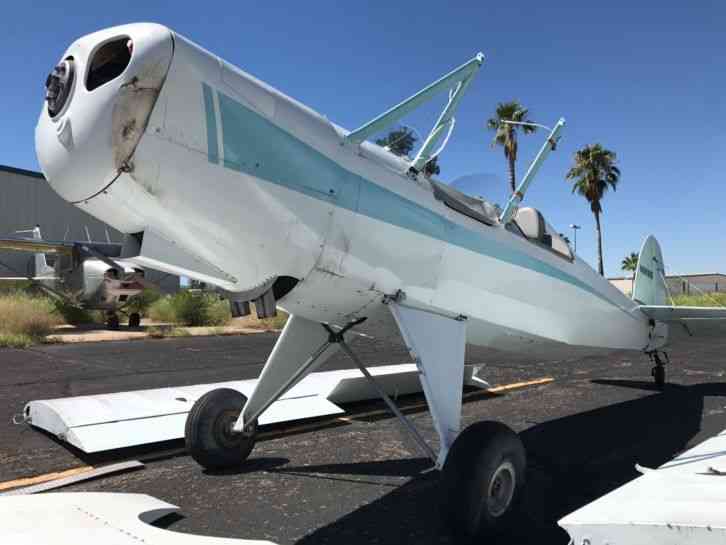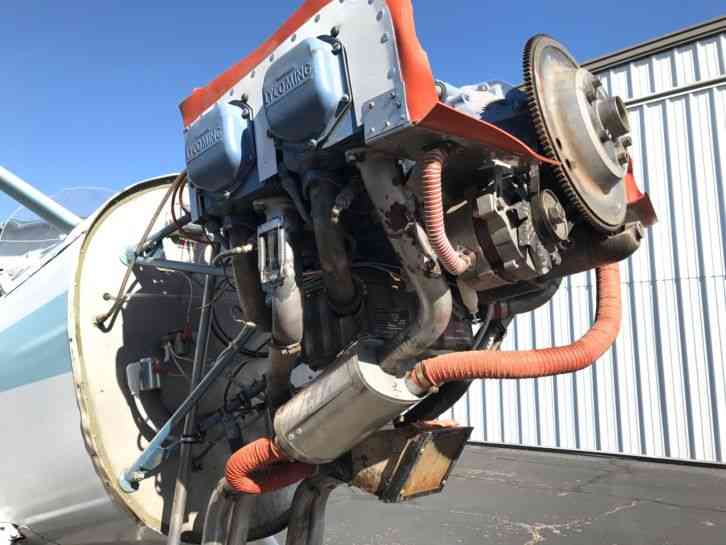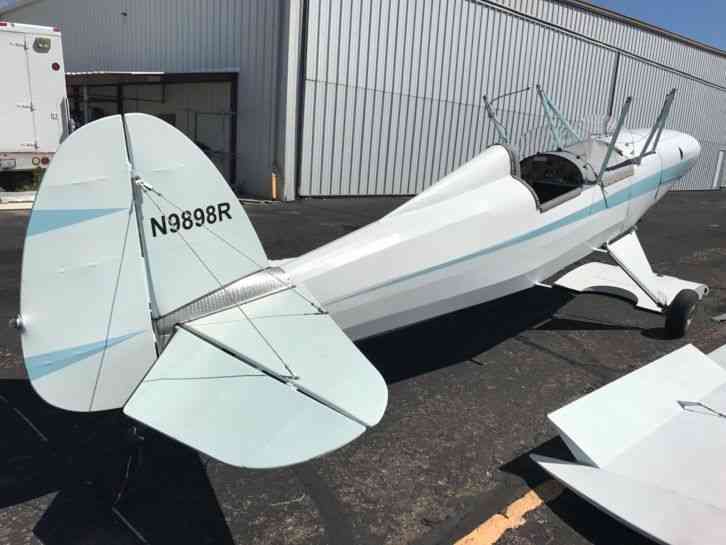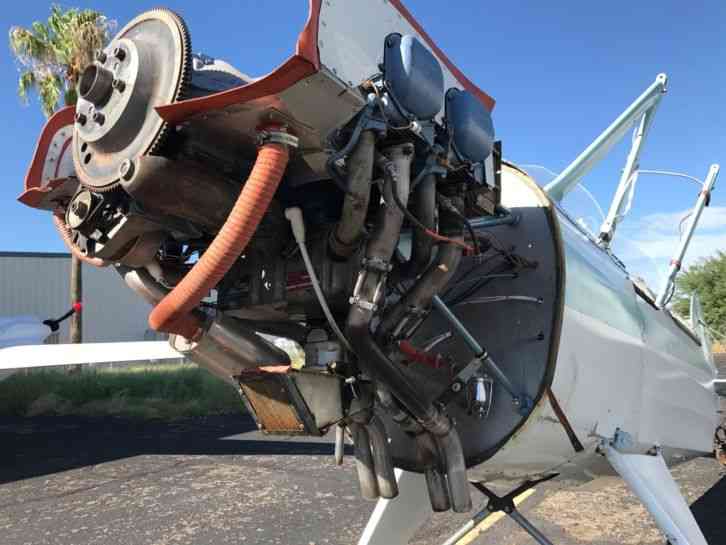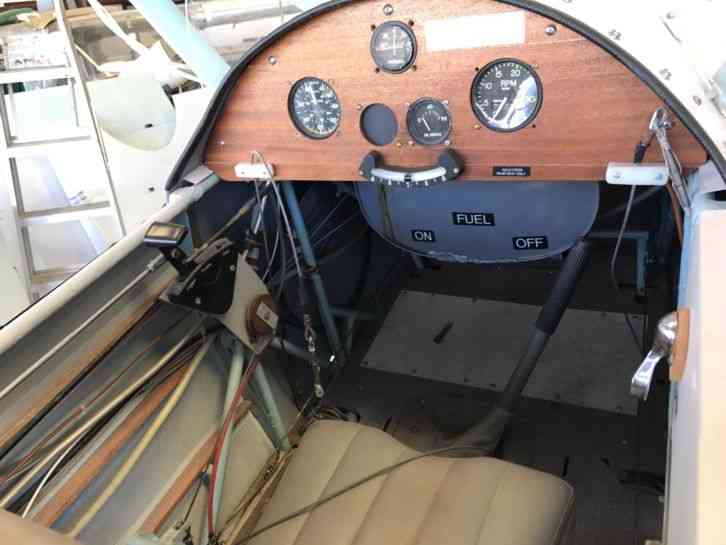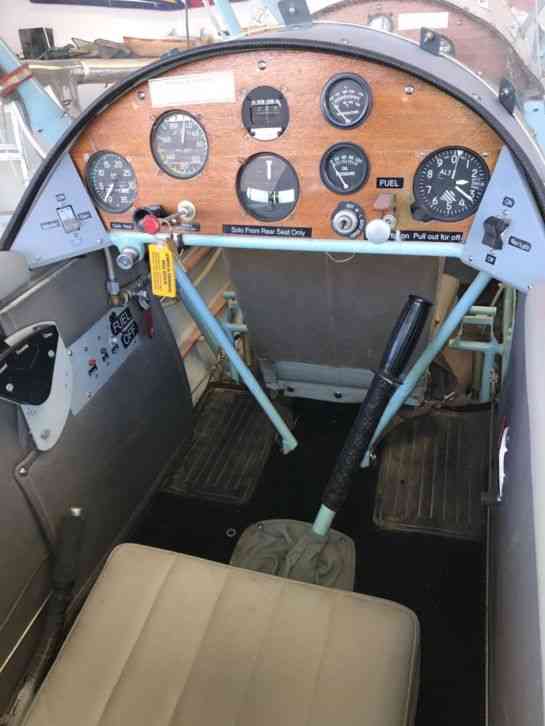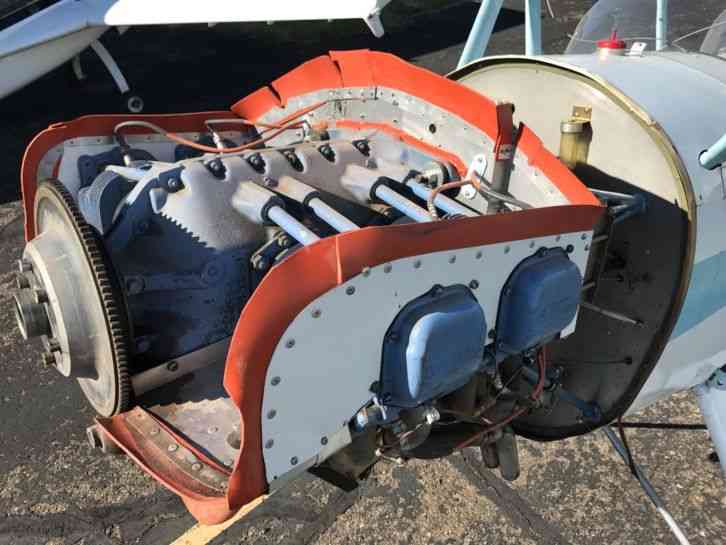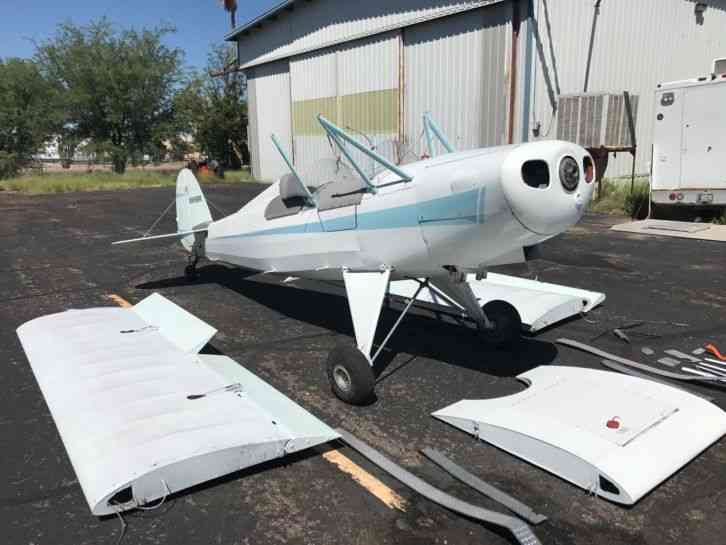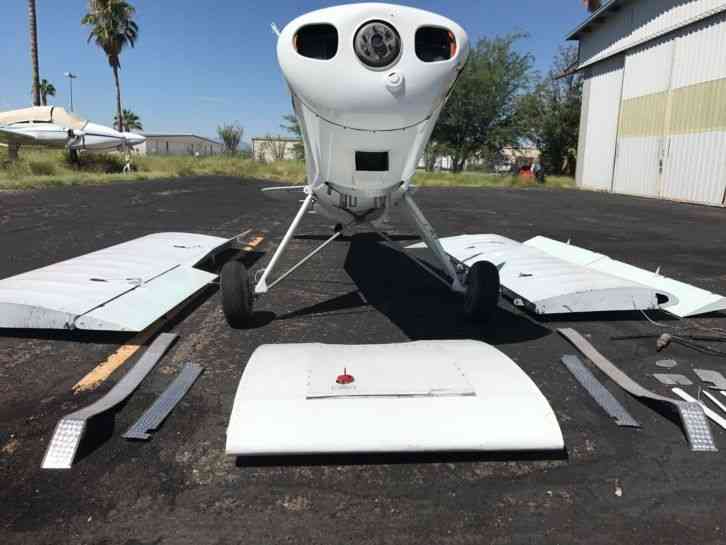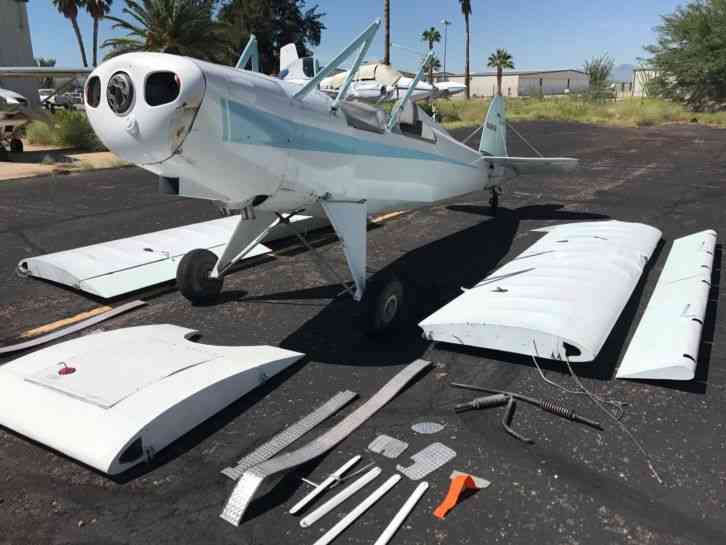“Stalled on approach and dropped in. Damage to left wing and other components. Engine dials straight.
Item specifics
| Used |
| “Stalled on approach and dropped in. Damage to left wing and other components. Engine dials straight and has been run.” |
| Model Year: | 2014 | Make: | Bakeng |
